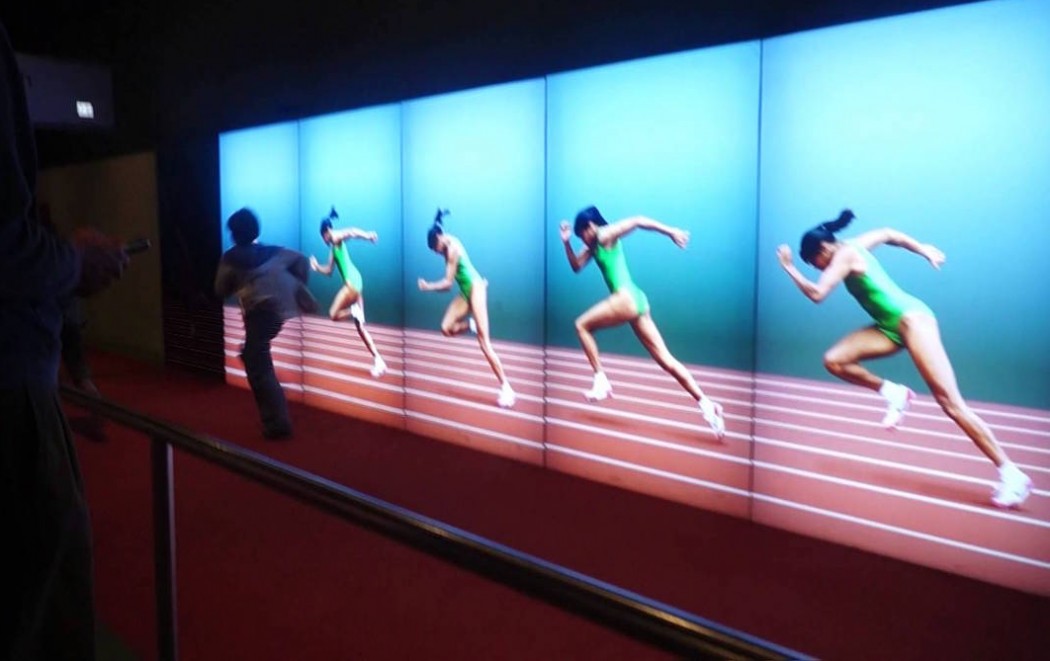Robert Drewe ponders a world in which virtual reality is stranger than, well, reality.
As someone who these days has trouble understanding actual reality, I’m not the person to turn to for explanations – or sympathy — when virtual reality falls on its face.
General bewilderment, I can manage. In fact, my own computer problems aside, I can even raise a faint cheer when accidents befall any up-to-the-minute, state-of-the-art, mind-bending, must-have technology at all.
This is especially the case if it’s a gadget for which, encouraged by a greedy, Australian-tax dodging but internationally revered manufacturer, a young person has saved up their money and camped outside the store in order to be among the first purchasers of the gadget’s latest model — all in full expectation of this expensive, must-have thingamajig’s planned obsolescence in 12 months time.
Actual reality not enough for you at the moment? How about North Korea? Syria? Trump’s America? The ice drug problem? Governments everywhere who don’t know which side is up? Floods? The Barrier Reef? Being a parent of teenagers?
It was in this numb and semi-Luddite frame of mind that I appreciated hearing about Dean Smith, the man who’s taking legal action after losing a race against a virtual Cathy Freeman.
Visitors to Melbourne’s Scienceworks museum are urged to “Pit your skills against Australia’s best-known sportspeople and investigate your body’s abilities for particular sports.”
Thus encouraged, Dean Smith decided to pit himself against a simulation of the Sydney Olympics 400 metres gold medallist. But when the 44-year-old pool-glass installer gave the interactive exhibit a go in June last year, and sprinted after Cathy on a 10 metre long, dual-lane track, he ran head first into a wall and broke his back. Mr Smith is now suing the Museums Board of Victoria for negligence.
He says he fractured one vertebra and crushed another one; broke an occipital bone and a rib; and lost feeling in his arms, hands and fingers. He now has a psychiatric disorder and has subsequently suffered a stroke. He can no longer work.
“I got a bit competitive, thinking I could take on Cathy Freeman,” he told The Age. “They made me think I could beat her. But no one wants to run flat-out over 10 metres and smash their head into a wall.”
No, indeed. Nevertheless I imagine the Museum will argue that Mr Smith’s brain should have retained enough actual reality to reason that donning a virtual-reality headset wouldn’t automatically expand the museum floor to an actual 400 metre track.
The web is full of examples of virtual reality accidents. Not surprisingly, virtual cliff-scaling and mountain-climbing are particularly fraught with potential peril, both in-game and in real life. Such spills outline the danger for virtual reality: it can be too real.
That’s the whole point. To home enthusiasts of virtual zombies or virtual sporting events, or virtual porn for that matter, what virtual gamers call “an immersive experience” is what it’s all about. So the manufacturers are hardly likely to dial it back. Meanwhile, small pets, children, coffee tables, plate-glass windows and other household obstacles should keep clear.
Gamer safety manuals offer advice for first-time VR home users. They recommend playing alone, and seated — or at least standing still.
As one safety manual says: “Dumb accidents routinely happen. We don’t want people vomiting, having seizures, stepping on their pets, maiming their children, or smashing their hands through plate glass. In the real world if you cover up your eyes and ears and start wandering around, all bets are off, so take the full-motion VR hardware seriously.”
In the circumstances, it’s good to hear of virtual reality being used for something helpful. Steve Shelley, Information Management Officer for Parks Victoria, uses the technology to map sallow wattle, an invasive weed, in the Grampians National Park. Shelley came up with the novel approach through his love of virtual gaming. “Being a gamer I thought ‘Geez, I could apply this at work.’” Whereas ground surveys were time-consuming, labour intensive and not always safe in wild terrain, the technology can transform conservation, from assessing the health of native vegetation to monitoring wildlife.
It works by overlaying aerial photographs to construct three-dimensional images, which are displayed using computer software called PurVIEW and observed using 3D glasses.
“It’s incredible when you put the glasses on and everything comes to life,” says Mr Shelley. “The forest just leaps out at you.”
That sort of leaping hasn’t happened since 2010 when the Wonderbra company erected a giant 3D billboard in London displaying the semi-naked frontage of the Brazilian model Sabraine Banando as part of its Full Effect virtual reality brassiere campaign. And provided the requisite glasses.
Numerous traffic accidents immediately occurred. Actual accidents.
Robert Drewe’s latest novel, Whipbird (published by Penguin/Viking) will be available in August.







